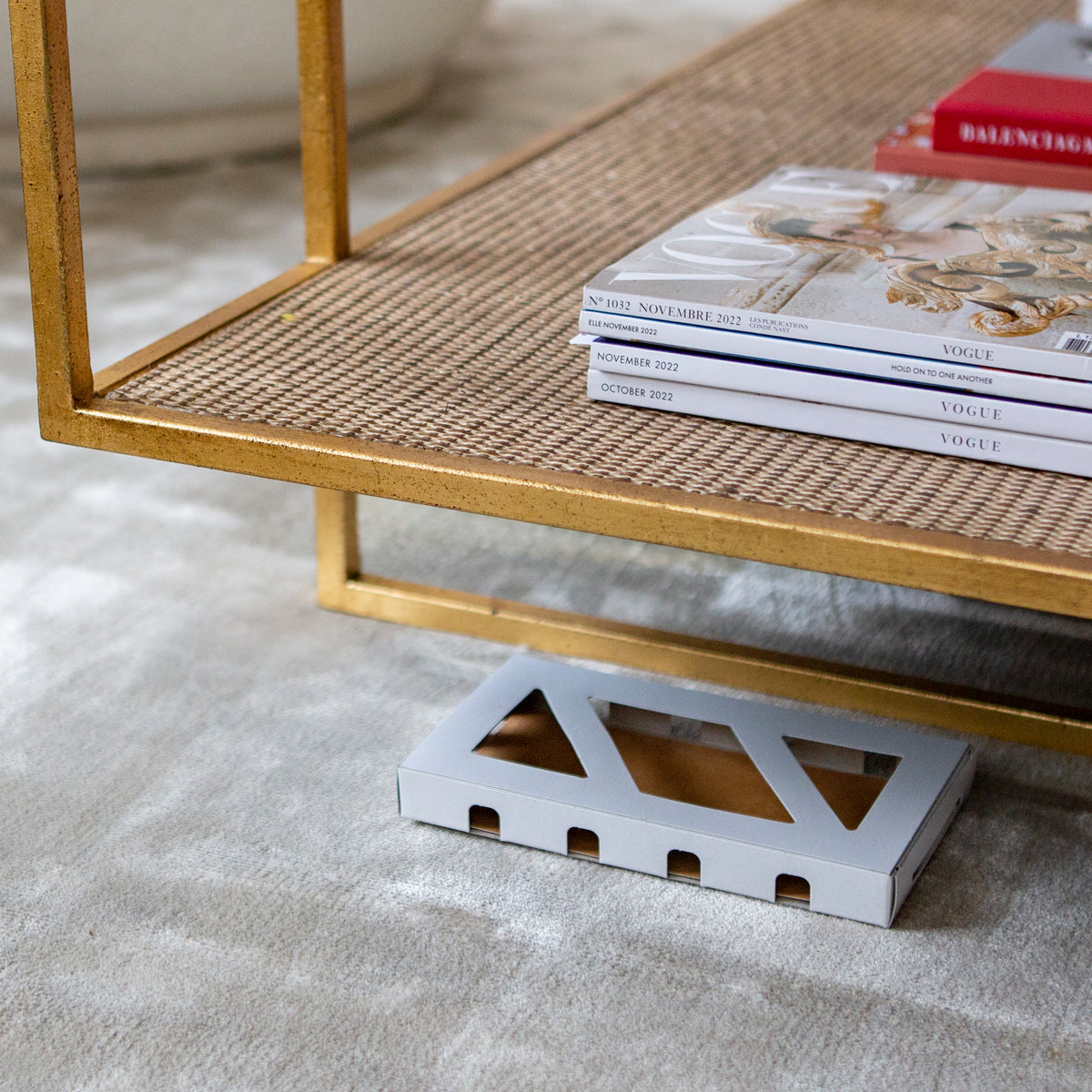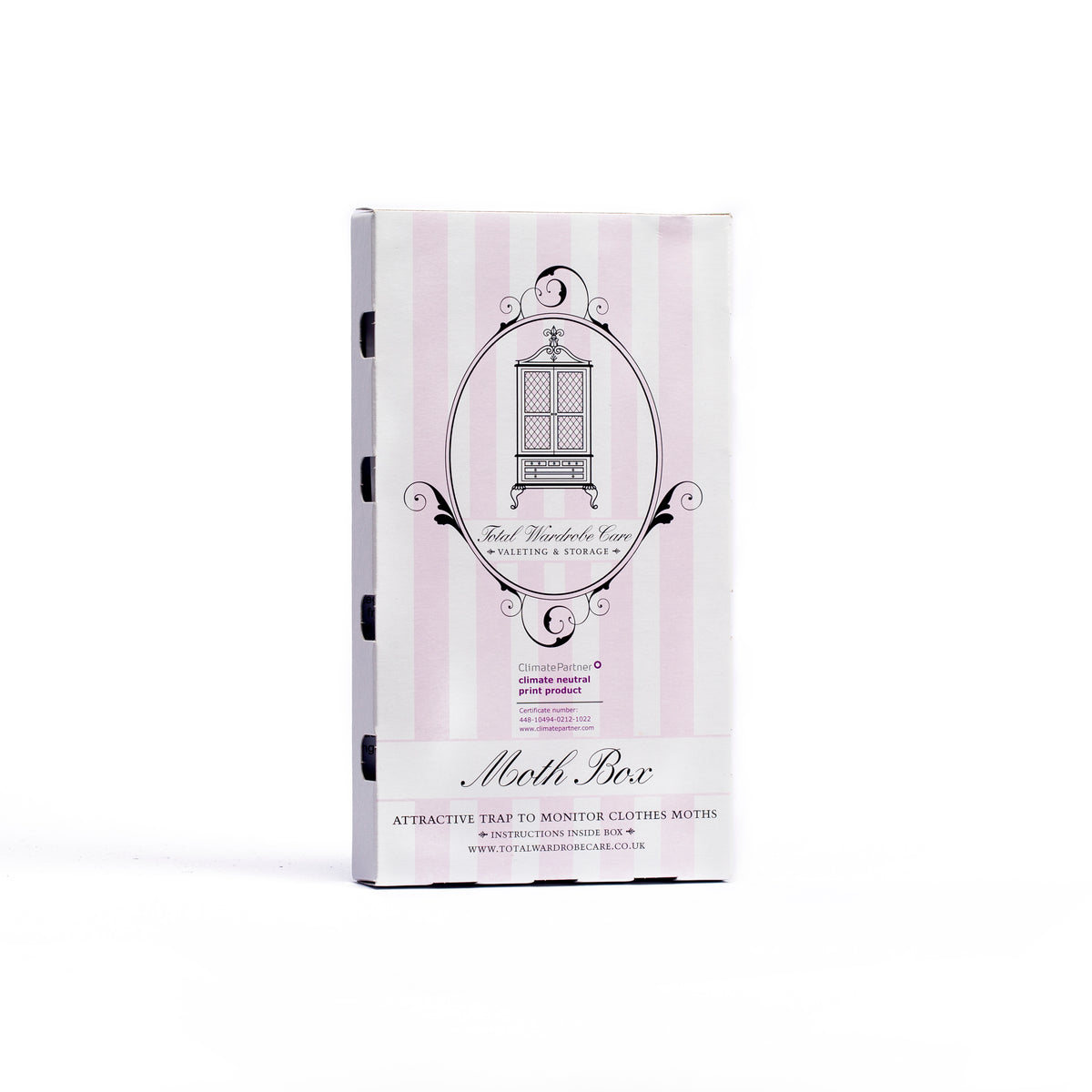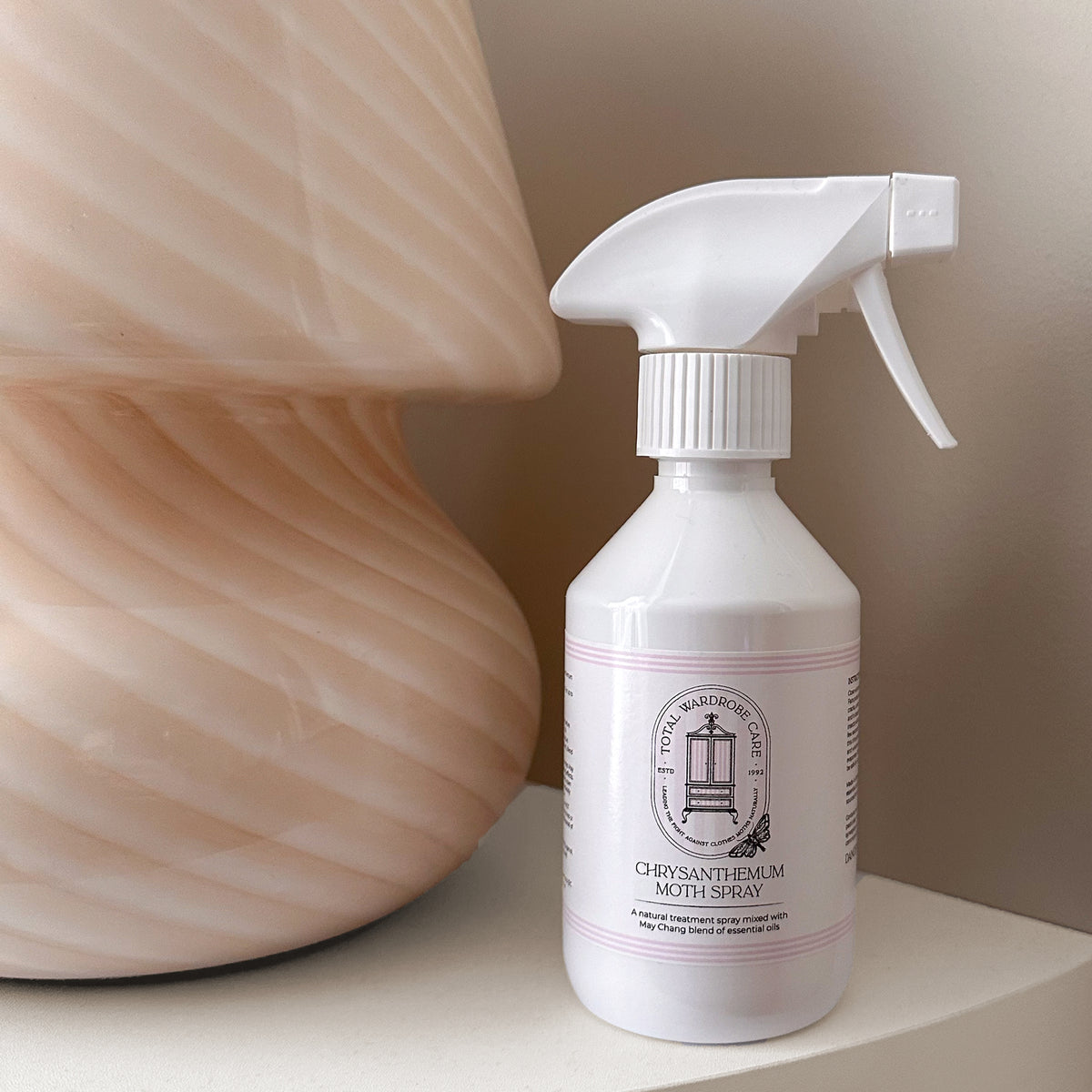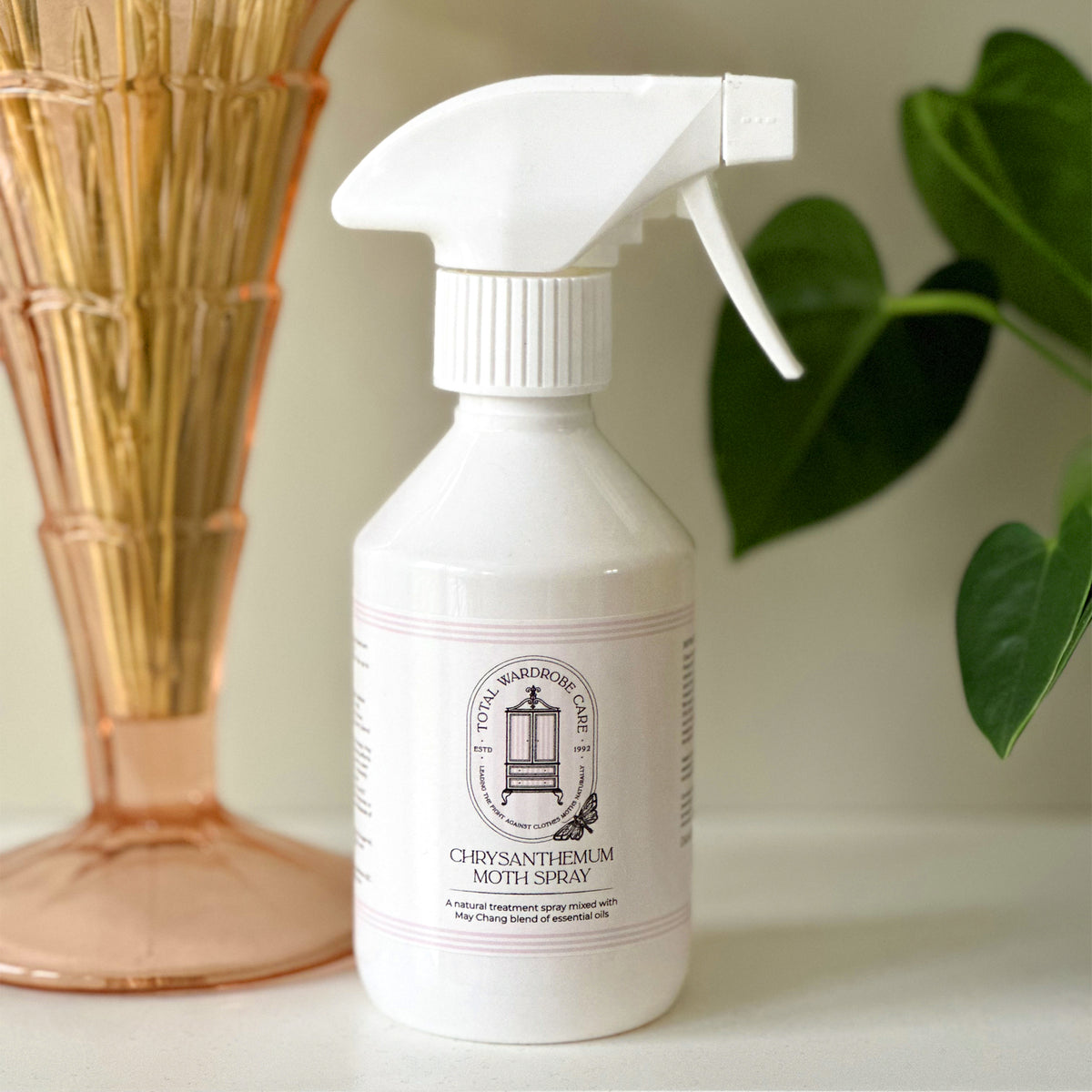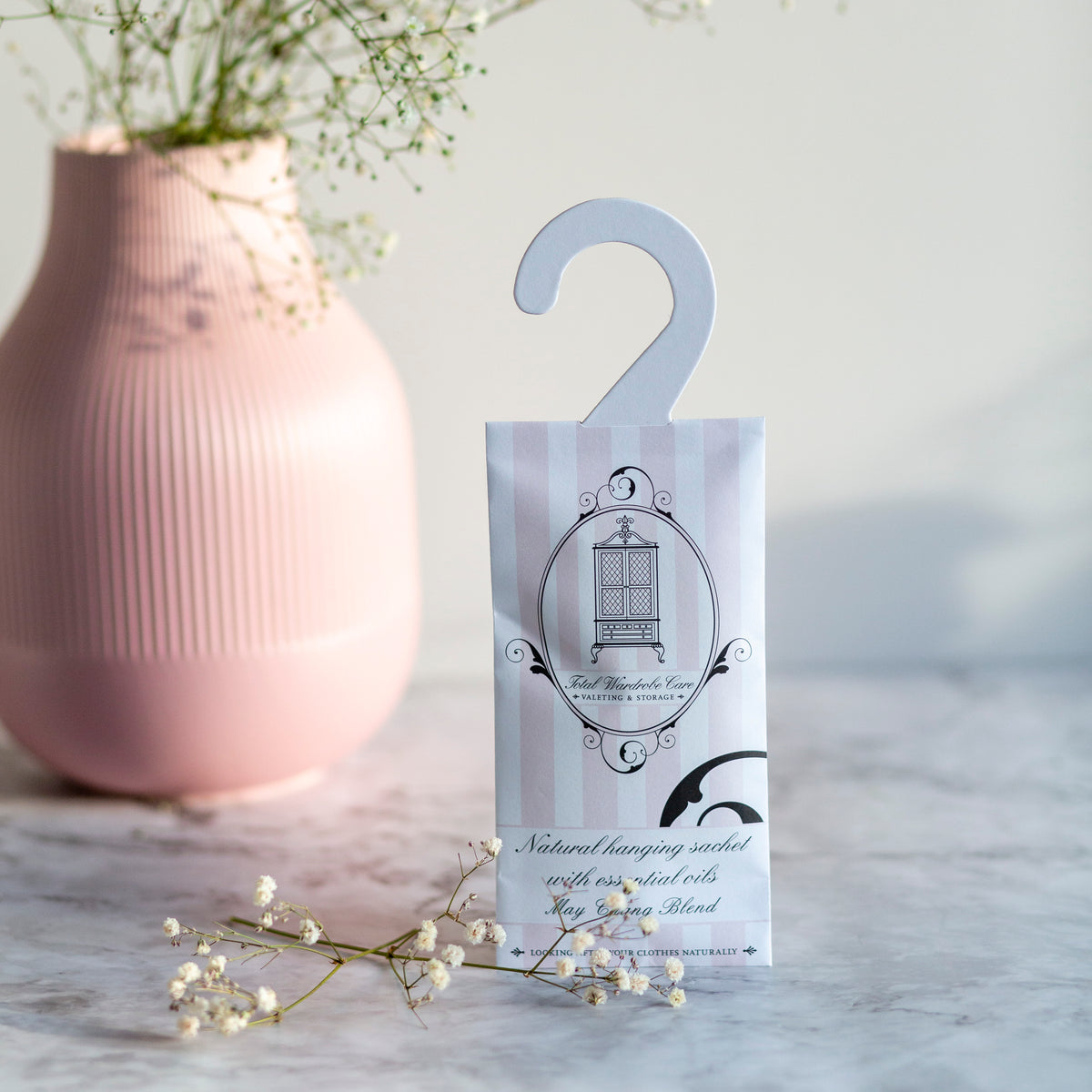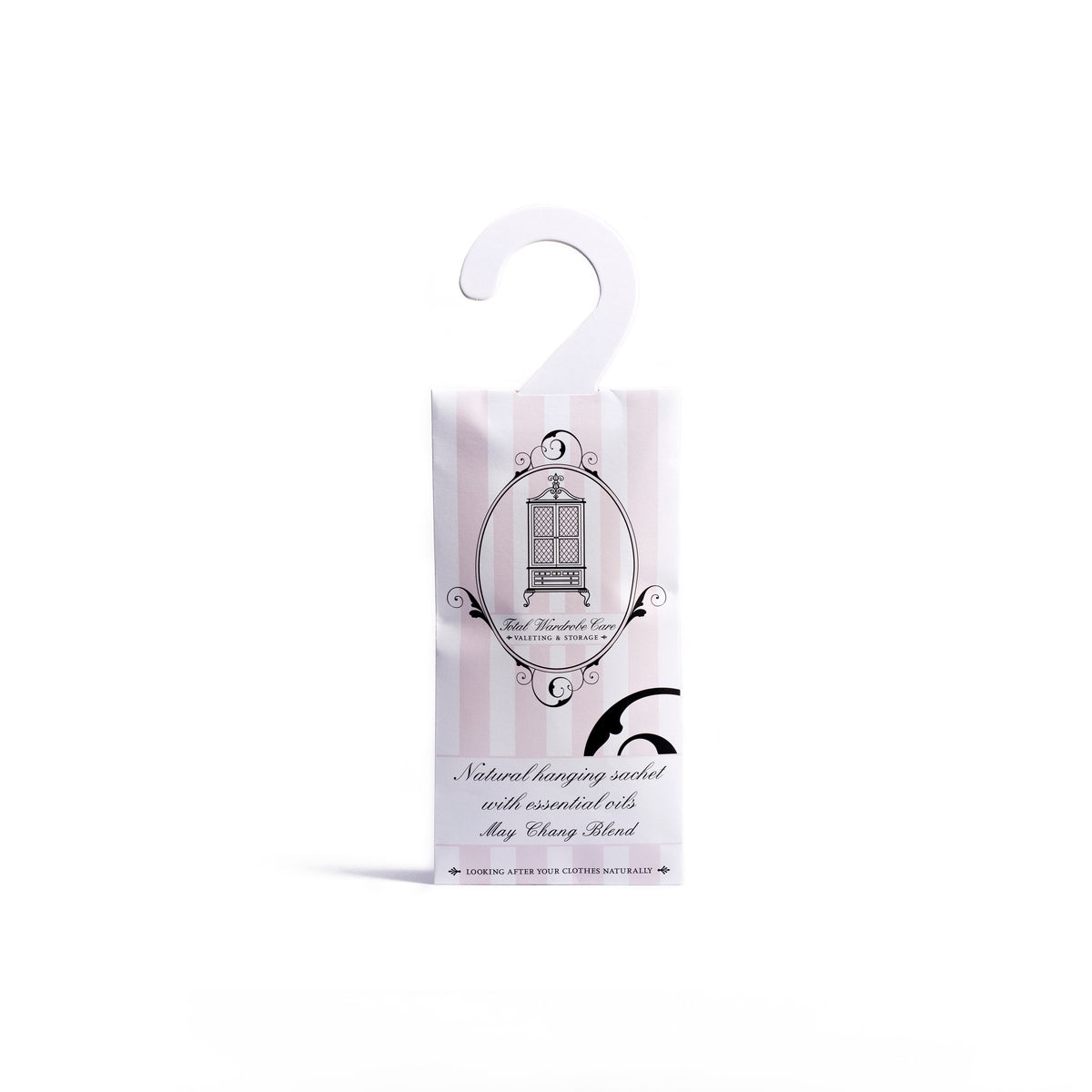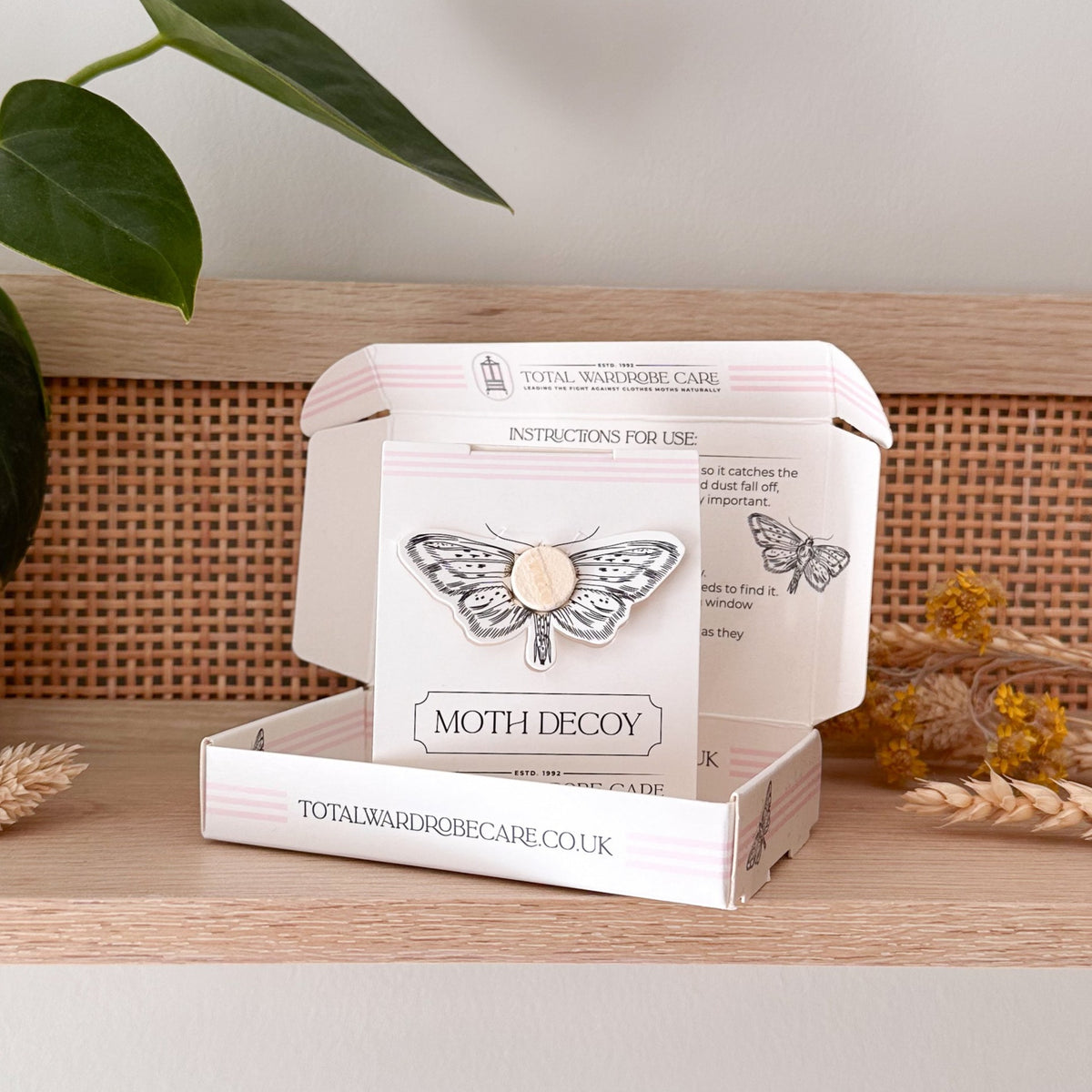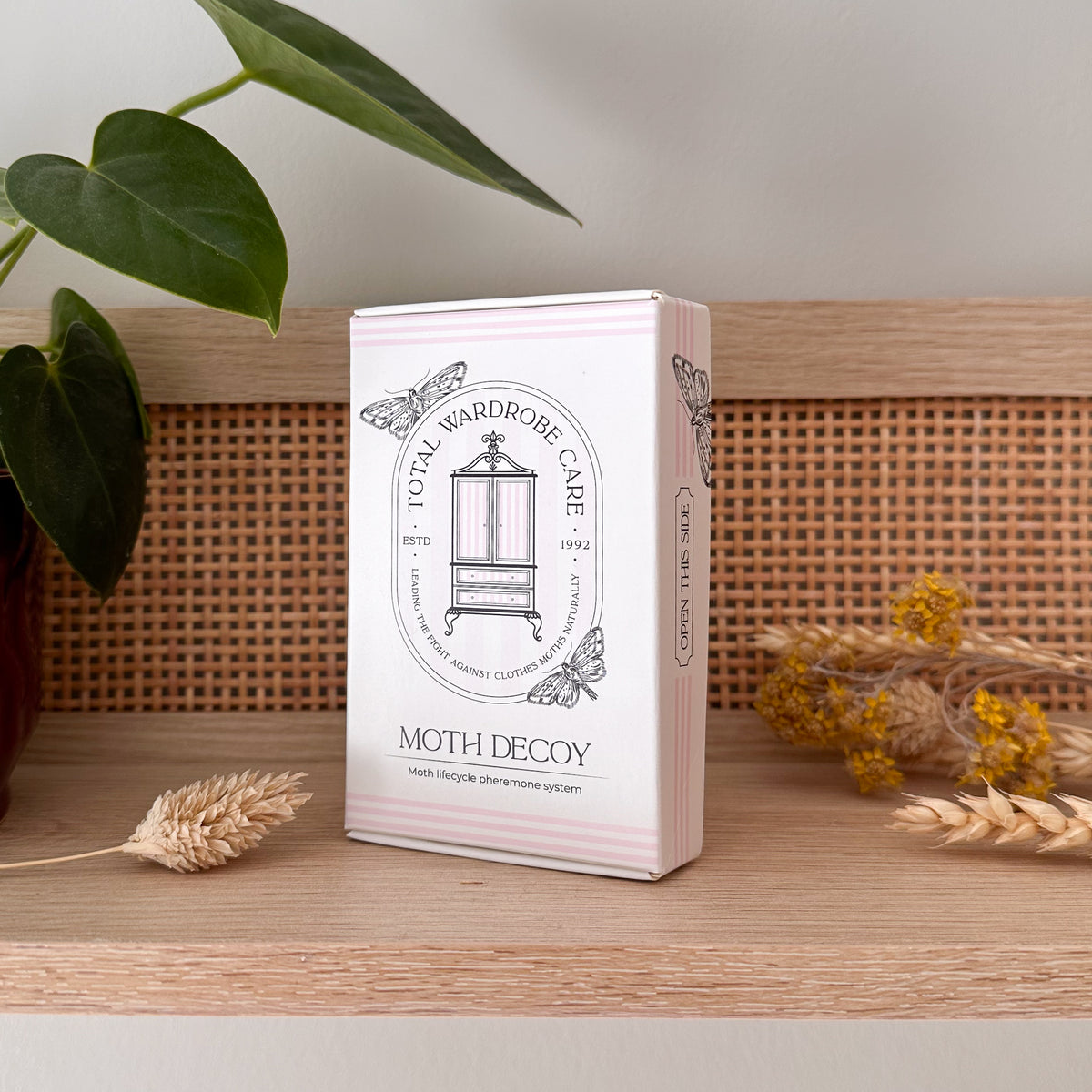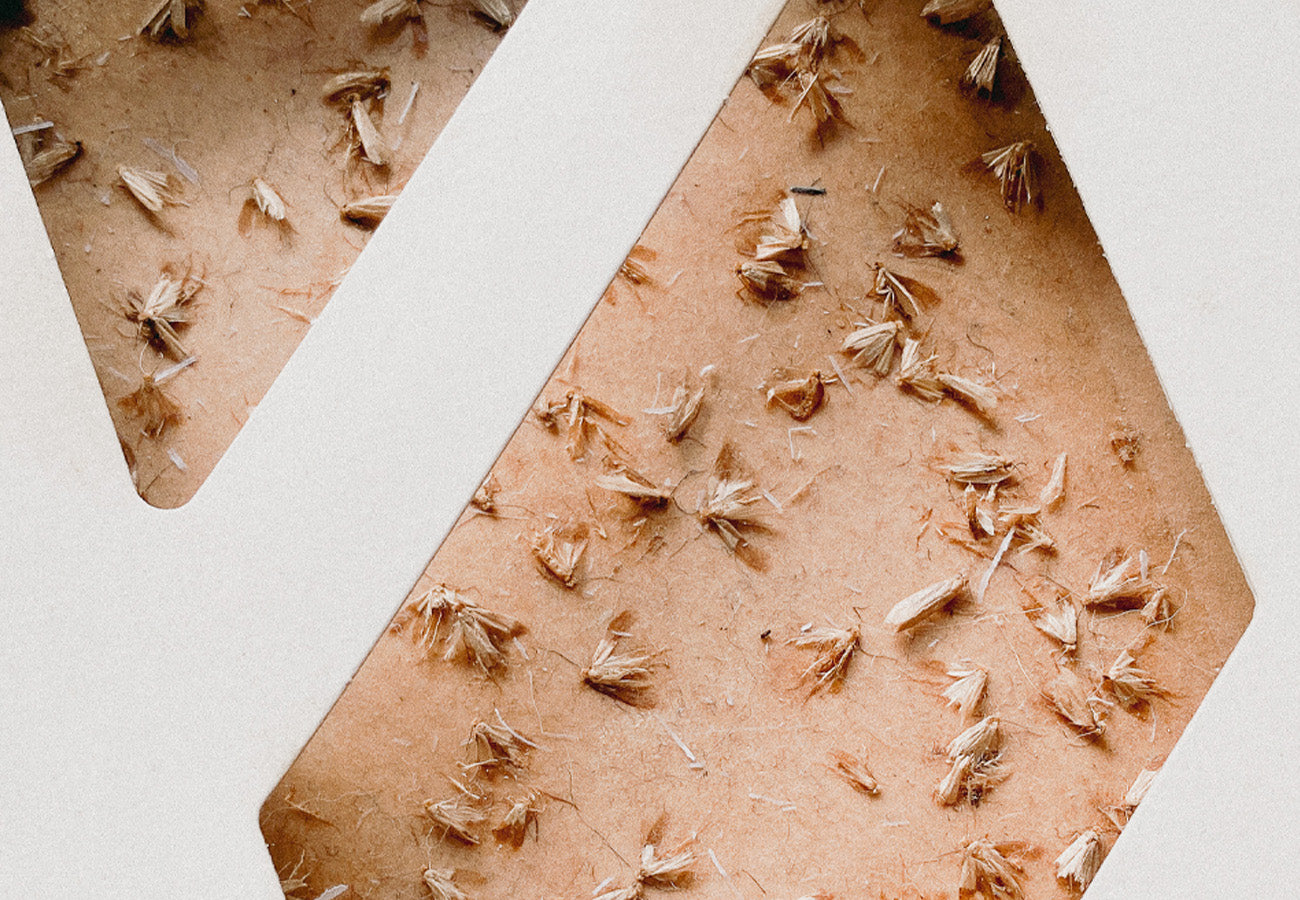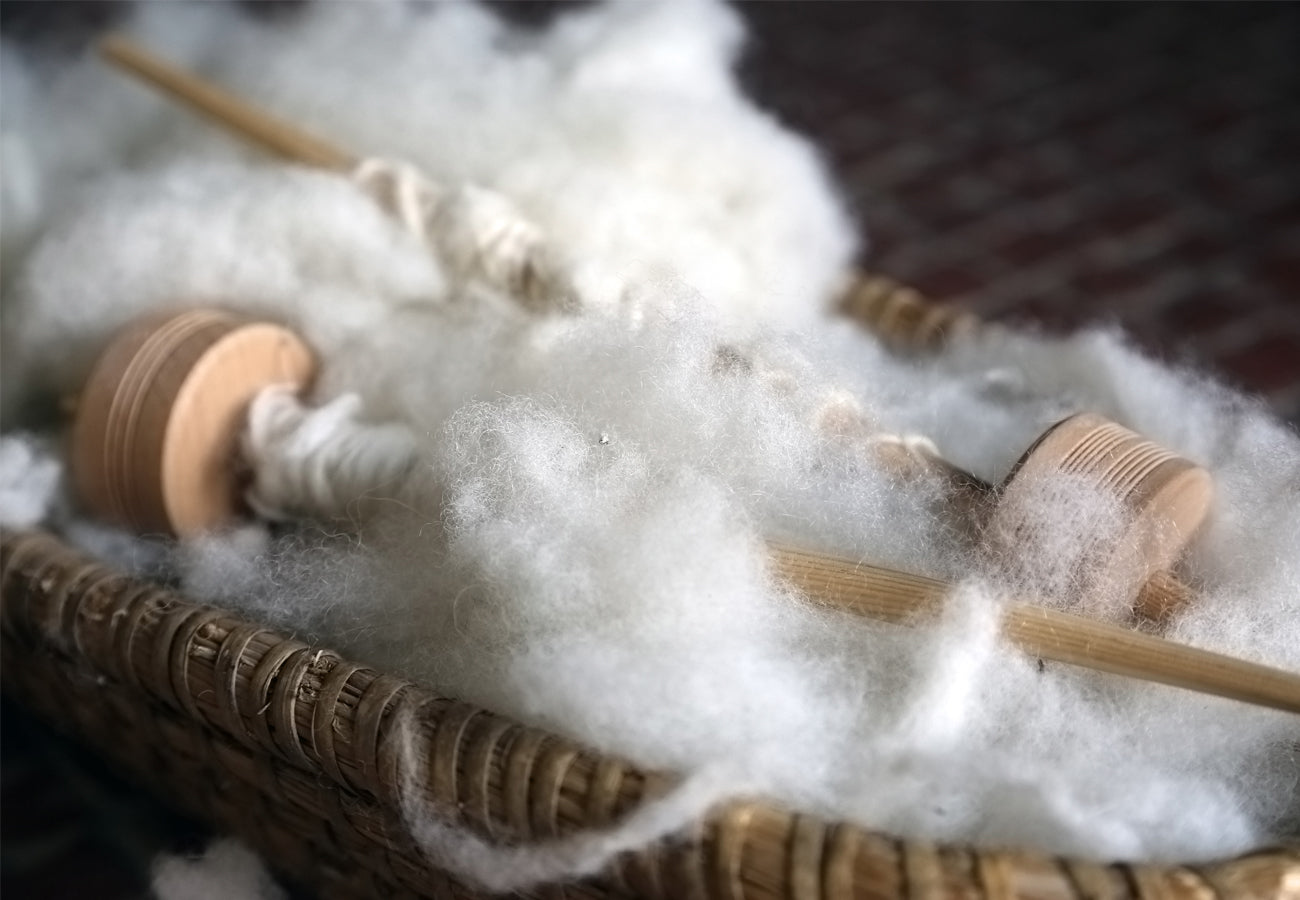There are many different ways to combat clothes moth, from using essential oils, sprays and even meticulous cleaning. They all have their place in what should be a multi-pronged approach to combating this voracious pest. We, of course, have a host of different products which should all be considered for use holistically.
Today, however, we're going to focus on one of the more recent and innovative products to be developed to combat clothes moth which should become a key feature in your clothes moth armoury and that is the Moth Decoy.
We use the word ‘recent’ loosely because although this technology seems like it has been around for a relatively short time, it was developed nearly 20 years ago and was tested in some of the UK’s most historically important houses before becoming available to the likes of you and me for use in our homes. First, let us explain what it is and how it works.
WHAT IS THE MOTH DECOY?
The Moth Decoy is a very clever product that disrupts the mating cycle of the clothes moth. It does this by using the same pheromone that the female clothes moth uses to attract a mate. The pheromone is specific to the Webbing Clothes moth species, Tineola Bisselliella. Put simply, reduced mating leads to a reduction in the next generation of moths.The product is a fantastic long term solution to clothes moth and it should be considered as a constant companion, which works continuously, tirelessly and discreetly in the background to the point where you can forget it is even there.

WHAT IS A MOTH PHEROMONE?
If moths could talk, they would probably conduct much more complex mating rituals than they actually do; they might go out for a meal or take a long romantic walk, but they can’t talk, so they use pheromones as chemical signals to communicate instead.
The female moth uses a pheromone to signal say, “fancy a nightcap?” to the male. The male moth uses sensors on his antennae to guide him through the pheromone cloud and find the female.
THE INNER WORKINGS OF THE MOTH DECOY
The Moth Decoy uses the same pheromone as the female clothes moth, albeit a synthetic version. It looks like a miniature piece of chalk. It is made of compressed wax powder which is infused with the pheromone. The wax powder has unique electrostatic properties which means it sticks to things that come into contact with it through the forces of friction.Importantly, powder particles on the surface of the tablet come away just like they do when you hold a piece of chalk, so the action of a male clothes moth fluttering around the tablet creates friction and causes particles of powder to stick to him.
From then on, the male is under The Moth Decoy’s spell. Overwhelmed with confusing pheromone signals he sits around not really knowing what to do. He becomes a source of pheromone himself, attracting other unsuspecting males and before you know it, there is confusion all around with lots of little male pheromone dispensers causing all kinds of calamity. The consequence of all this disruption is less mating, fewer fertilised eggs being laid and a subsequent reduction in moth numbers for the next generation.

THE MOTH DECOY TECHNOLOGY HELPS HISTORIC HOUSES
We realise that this confusion concept does all sound a bit far-fetched but please don’t let that put you off. This technology has been extensively road-tested in some of the most historically significant and complex buildings in the UK, by teams of conservators qualified in pest management.
Historic houses, museums and institutions all have a common issue. They are open to the public and any form of traditional fumigation requires closure or the removal of exhibits, both of which affect the visitor experience.
The Moth Decoy technology is completely safe, discreet and works continuously, requiring no upheaval therefore, it was willingly tested by the community of conservators. Here are a couple of examples of how it has helped our national treasures.
THE MOTH DECOY TECHNOLOGY AT ENGLISH HERITAGE
In 2007, English Heritage deployed the technology for a long-term programme throughout Marble Hill House in Richmond. The house was built for Henrietta Howard, the mistress of King George II. Between 2004 and 2006 sticky monitoring traps, which catch male moths and give an indication of infestation levels, revealed a large increase in clothes moth numbers.
Conservators deployed a prototype of the Moth Decoy in 2007 and happily, they saw a reduction in numbers of over 60% by the end of that year and decided to keep using it. After four years of using the technology, they saw a 95% decrease in moth numbers.
THE MOTH DECOY TECHNOLOGY AT HAMPTON COURT PALACE
In 2009, at Hampton Court Palace, sticky moth traps showed a dramatic increase in clothes moths in Henry VIII’s Tudor Apartments including the Great Hall and Great Watching Chamber. These rooms hold some of the most important tapestries in England with over 480 square meters lining the walls.
Sticky pheromone traps pinpointed the source of the infestation to the floor void which had many years worth of accumulated dust and detritus trapped within. This is the perfect food source for clothes moths.
The obvious solution to this would be to take up the floor and clean out the voids however, for an institution on such a grand scale and with the added complication of being open to the public, this was not something that could be done without an enormous level of upheaval and meticulous planning. Therefore, Historic Royal Palaces turned to the technology of the Moth Decoy.
Five months after it was deployed, it had reduced clothes moth numbers by a whopping two thirds. This was a particularly good result considering that the actual source of the infestation, under the floorboards, was still there.
It helped so much that Hampton Court Palace continued to use it until the floorboards could be taken up and the voids cleaned and treated.
THE MOTH DECOY IN HOMES
Thankfully, we can all now benefit from the Moth Decoy. When used all year round, it provides continuous protection against clothes moth, so why not sign up for an annual subscription which provides automatic delivery every 3 months.
We also advise you to use the Moth Decoy in conjunction with a Moth Box, to help you monitor moth numbers. For more information, read our blog which explains our ‘Locate, Eliminate, Confuse’ clothes moth management programme.
NEED HELP?
If you would like advice on your specific clothes moth infestation or simply need some moral support, please do not hesitate to Contact Us.

